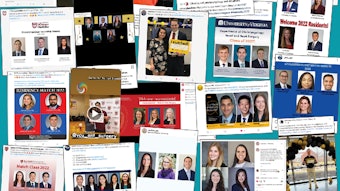The Unconscionable “Catch-22” of Current Practice
The current situation was absolutely predictable from the beginning based on the government’s failure to establish and enforce a common platform...
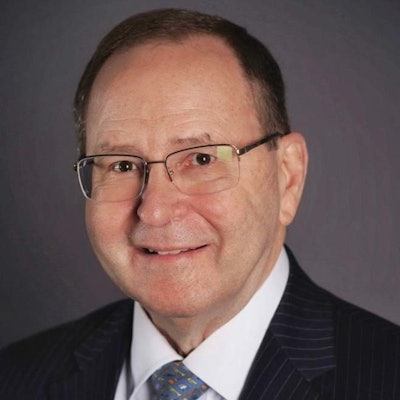 James C. Denneny III, MD
James C. Denneny III, MD
AAO-HNS/F EVP/CEO
Dr. Bobby Mukkamala had captured the “Catch-22” scenario physicians find themselves in as they plod ahead without complaining but questioning, “What can I do now?” and depicting a sense of isolation and helplessness we’ve all experienced. He has agreed to allow the Bulletin to reprint these shared thoughts, which you will find in “A Stream of Consciousness: Administrative Exasperation Getting in the Way of Our Purpose.”
Most physicians never envisioned spending the excessive number of hours on documentation, chasing down records, and the ever-expanding list of administrative duties added regularly by payers, hospitals, government mandates, and life itself. Few imagined spending well over 50% of their practice collections to run a practice. How did we get to this point? Why wasn’t the insidious decline in a physician’s health related to these requirements acknowledged early on as they were evolving? Instead, unlike other segments of society where opinions of discontent and concern for failed endeavors are encouraged, or at least tolerated, the same behaviors at academic centers and in the hospital hierarchy are dealt with punitively. Those daring to question the “company line” are labeled as malcontents and “hard to work with.”
For many, the fact that the two most overused terms of the era, “quality” and “value” used individually or in combination as the banner of justification for physician sacrifice, may never be achievable as promoted under current conditions only adds to daily frustration. The linchpin of the system, the electronic medical record (EMR), first codified in the American Recovery and Reinvestment Act of 2009, has added billions of dollars of extra cost to the healthcare system in the United States in addition to becoming a repetitive “top three” cause of physician burnout. The EMR with all its proprietary variations for the most part has failed miserably to truly advance patient care. We have not been able to define outcomes, much less “best care.”
How could so many be wrong? The concept seemed failproof and was promoted almost without objection. The current situation was absolutely predictable from the beginning based on the government’s failure to establish and enforce a common platform that all proprietary products would use to exchange healthcare data and information from multiple sources in a language usable across the entire healthcare system. By failing to create a system with standards to ensure interoperability, the regulators doomed the full potential of this technological advance at its inception. Had they followed the model of the old telephone system and later cellular communications with towers that allowed different technologies to use the same base system, they could have fostered innovation and competition that would have moved things forward and avoided the mess we have today.
Most of the time, regulators and rule makers at all levels seem to have no problem in mass-producing and assigning a litany of supplementary tasks that add significant work and cost borne by the physician and/or their staff that does not improve care. Hospital administrations, private payers, and government agencies have certainly mastered this strategy and use it regularly. The fact that the required information and criteria vary so widely in the private insurance industry is obstructionist in itself and could be easily remedied by establishing uniform criteria and documentation requirements across the industry. This would not only save time and money for both sides but also create a climate of fairness and equity in healthcare to the ultimate benefit of patients.
The most egregious example that I recall is the recent regulations issued by the administration to operationalize the No Surprises Act (NSA). Legislative intent was to prevent out-of-network and uninsured patients from receiving large surprise medical bills. Aside from the Independent Dispute Resolution (IDR) that currently is undergoing judicial review following several lawsuits against the administration, the clerical tasks required to treat patients in these circumstances, particularly patients requesting a Good Faith Estimate (GFE), are untenable and unconscionable. There is no way that the average practice can comply with these requirements and have time to conduct a normal patient practice.
Enough is enough. Preservation of our profession may well depend on stopping this onslaught sooner than later.

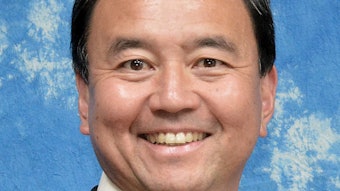


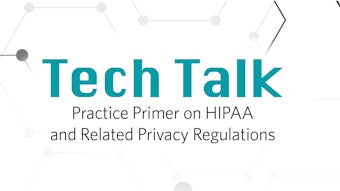

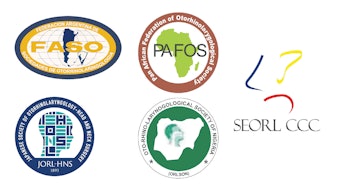

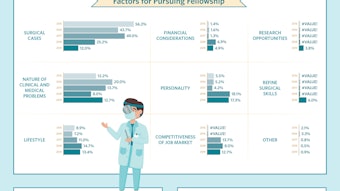

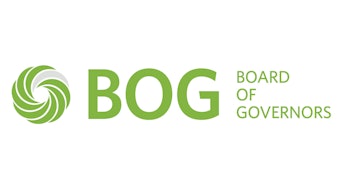


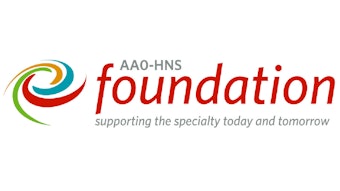

![Getty Images 1013668346 [converted] 01](https://img.ascendmedia.com/files/base/ascend/hh/image/2022/03/GettyImages_1013668346__Converted__01.6244bdb1d9995.png?auto=format%2Ccompress&fit=crop&h=191&q=70&w=340)
